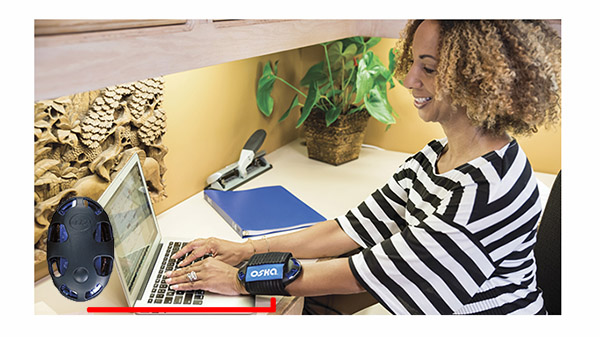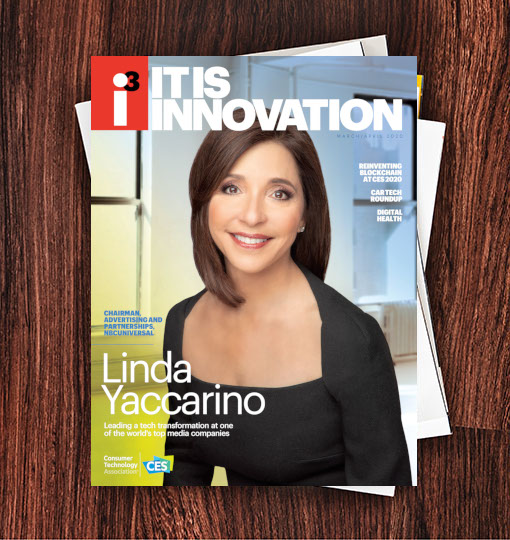
Many products have been clinically evaluated with published trial results. These products monitor for a problem and are yielding personalized insights that result in actionable data to the consumer or patient that can be shared with a caretaker or clinician. These devices are eliminating barriers to adopting effective technology within health care.
The Apple Watch with its health monitoring features and apps is a good example. So too is Omron’s Heart Guide, a Class II medical device. It’s a smart watch that not only puts a blood pressure cuff on your wrist but through its closed-loop service can understand fluctuations in blood pressure and give reactive advice. It’s also the first service to directly reimburse the patient. It provides instant rewards based on daily health habits encouraging good behavior aka behavior modification. Omron’s combination of hardware, algorithms, coaching and rewards, and direct-to-patient reimbursement has hit the mass market. Is this approach a model or a threat to Pharma and Life Sciences corporations?
The opioid epidemic also has heightened demand for non-invasive drug replacement therapies for disease and pain management. Digital therapeutics, a subset of digital health, are interventions driven by high quality software programs to prevent, manage or treat physical, mental and behavioral conditions. A product called the Oska Pulse is a clinically proven medical-grade pain relief device that is FSA and HSA reimbursable. It uses Pulsed Electromagnetic Field therapy. Simply place the small, portable device at the source of the discomfort and it relieves thepain by pulsing electromagnetic waves at precise frequencies.
“Another wave of new non-invasive devices are coming to market that will provide safe, non-drug options for patients with a variety of medical conditions and are showing promise in addressing depression, Parkinson’s disease, chronic pain, PTSD, Alzheimer’s and diabetes,” said Jennifer Ernst, CEO, Tivic Health, a Eureka Park exhibitor at CES. These bioelectronic therapies eliminate the need for surgery and are based on neuromodulation techniques like deep brain stimulation for Parkinson’s and spinal cord stimulation for chronic pain.
Consumers want easier, cheaper and more approachable health care products and services. We have come to expect immediate gratification. Neighborhood retailers like Walmart, CVS, BestBuy Health and Walgreens are now on the cusp of changing health delivery, with new programs and pilots.
The challenge facing innovators is to move from working in silos to collaborations that integrate the best ideasto solve societal problems for the betterment of humankind.

I3, the flagship magazine from the Consumer Technology Association (CTA)®, focuses on innovation in technology, policy and business as well as the entrepreneurs, industry leaders and startups that grow the consumer technology industry. Subscriptions to i3 are available free to qualified participants in the consumer electronics industry.